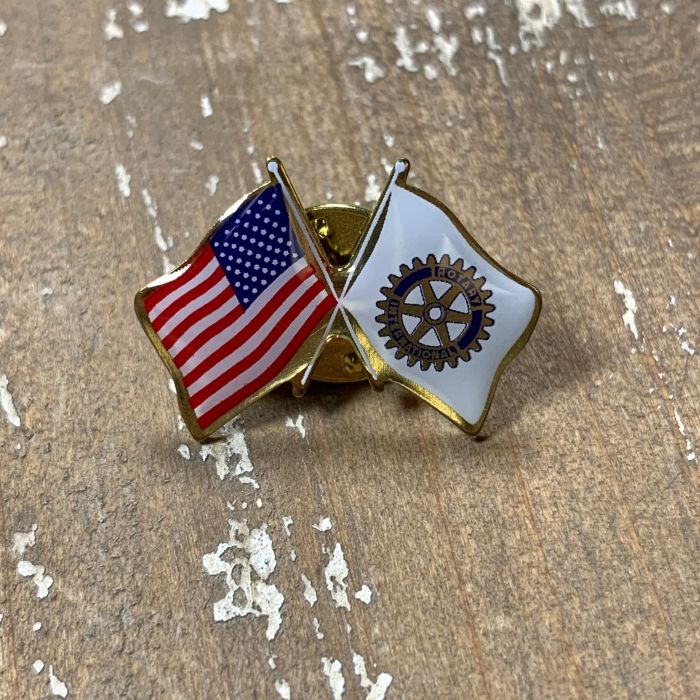The Art of Cloisonné: How Lapel Pins are Elevating Style
As 2024 ushers in new trends and innovations in fashion, one timeless accessory has been quietly making a roaring comeback: the cloisonné lapel pin. While these intricate and colorful accessories have deep historical roots, they are now enjoying a resurgence, appreciated by fashion enthusiasts and collectors alike. This article delves into the fascinating world of cloisonné lapel pins, exploring their history, production process, and their role in modern fashion.
A Brief History of Cloisonné
Cloisonné is an ancient art form that traces its origins back over a millennium. First appearing in the Middle East, it later gained prominence in China during the reign of the Ming Dynasty. The term "cloisonné" refers to the technique wherein metal wires are used to create compartments (or cloisonnés) on the surface of an object. These compartments are then filled with colored enamel and fired in a kiln, creating a beautifully intricate and durable design.
The Cloisonné Lapel Pin
Lapel pins themselves have an extensive history, used for various purposes ranging from military insignia to corporate branding. Cloisonné lapel pins, however, stand out due to their unique craftsmanship and striking aesthetic. These pins are not just accessories; they are miniature pieces of art.
The Making of a Cloisonné Lapel Pin
Design
The journey of a cloisonné lapel pin begins with a detailed design. This design is usually drafted by a skilled artist and can range from simple logos to complex illustrations featuring multiple colors.
Die-Casting
Once the design is finalized, a die is created. This die is used to cast the base of the pin, typically made from metal such as copper or brass.
Wire Application
The defining feature of cloisonné is the metal wire used to create raised borders on the pin’s surface. These fine wires are carefully hand-applied to match the design’s pattern, creating small compartments that will hold the enamel.
Enameling
The compartments are then filled with colored enamel paste. This step requires a steady hand and an eye for detail, ensuring each section is filled precisely with the correct color.
Firing
After the enamel is applied, the pin is fired in a kiln at high temperatures. This process vitrifies the enamel, making it hard and durable. It also causes the colors to become vibrant and glossy.
Polishing
Once cooled, the pin is polished multiple times to achieve a smooth and shiny surface. Any excess metal or enamel is removed, ensuring the pin’s details are sharp and clear.
The Appeal of Cloisonné Lapel Pins
Cloisonné lapel pins offer unmatched aesthetic versatility. Here’s why they are elevating style in 2024:
- Customization: Whether it’s a personal monogram, a company logo, or an intricate artwork, cloisonné lapel pins can be customized to suit any taste.
- Durability: The enameling and firing process ensures these pins are long-lasting, making them ideal keepsakes or heirlooms.
- Versatility: These pins can be worn on various pieces such as blazers, hats, bags, or even displayed as collectible items.
Cloisonné Lapel Pins in Modern Fashion
In today’s fashion landscape, cloisonné lapel pins are enjoying a renaissance. They are no longer confined to formalwear but are making appearances in casual and streetwear styles as well.
Streetwear and Casual Style
Streetwear brands have started incorporating cloisonné lapel pins into their collections. A colorful pin on a denim jacket or baseball cap adds a unique flair, allowing wearers to express their individuality.
Corporate and Formal Settings
Even in corporate environments, cloisonné lapel pins provide an opportunity for subtle yet impactful branding. A well-crafted pin bearing a company’s logo can enhance professional attire, making a statement about one’s affiliation and pride in their organization.
Collectible Items
Collectors appreciate cloisonné lapel pins for their intricate designs and historical significance. Limited edition pins, especially those tied to specific events or cultural moments, can become highly sought-after items.
Conclusion
The art of cloisonné has endured the test of time, and its modern incarnation in the form of lapel pins continues to captivate fashion enthusiasts. These miniature artworks are perfect for customization, long-lasting, and versatile, making them a valuable addition to anyone’s accessory collection. As we move further into 2024, expect cloisonné lapel pins to remain a fashionable and expressive outlet for personal style and branding.
FAQs
What is the history of cloisonné?
Cloisonné is an ancient artistic technique that originated in the Middle East and gained popularity in China during the Ming Dynasty. It involves creating compartments with metal wires and filling them with colored enamel.
How are cloisonné lapel pins made?
The process involves several steps including design, die-casting, wire application, enameling, firing, and polishing. Each step is meticulously carried out to produce a high-quality pin.
Are cloisonné lapel pins durable?
Yes, the enameling and firing process makes these pins extremely durable. They are resistant to scratches and fade, maintaining their vibrant colors and intricate designs over time.
Can cloisonné lapel pins be customized?
Absolutely. Cloisonné lapel pins can be customized to feature various designs, including logos, monograms, and intricate illustrations. Customization makes them suitable for personal, corporate, and collectible purposes.
Where can I buy cloisonné lapel pins?
You can purchase them from specialized manufacturers and also cloisonne lapel pins.
If you’re interested in creating your own unique designs, consider getting a custom lapel pin quote to start your journey in designing exquisite cloisonné lapel pins.





